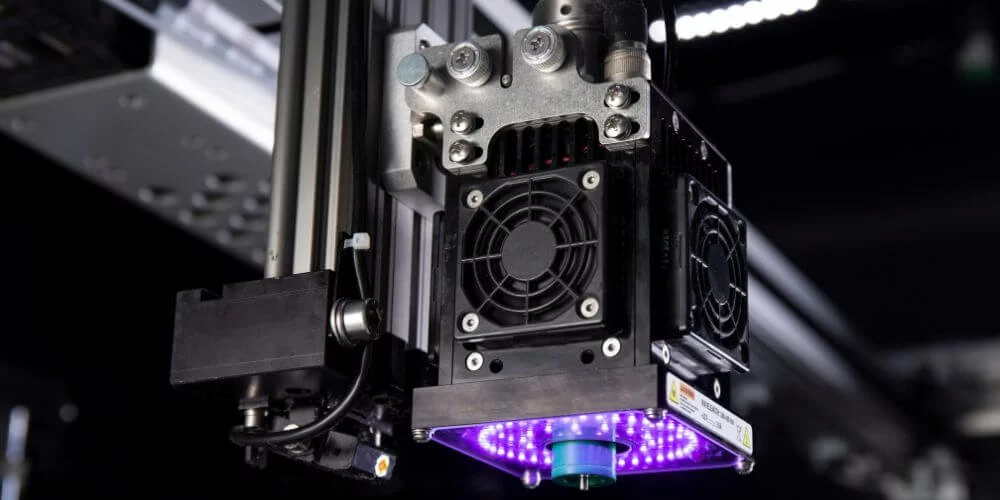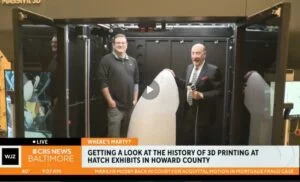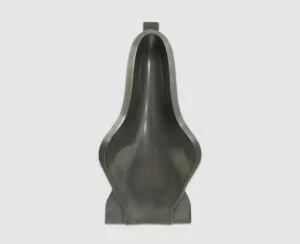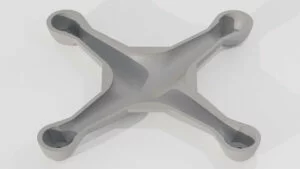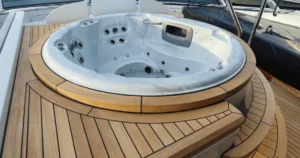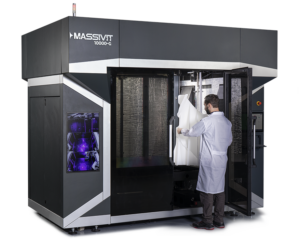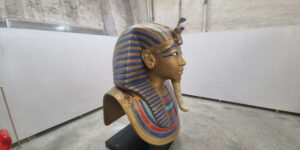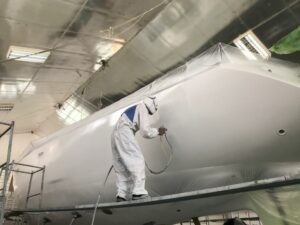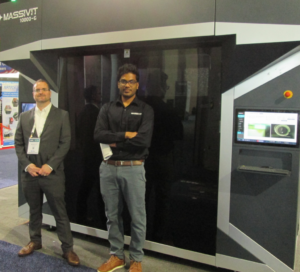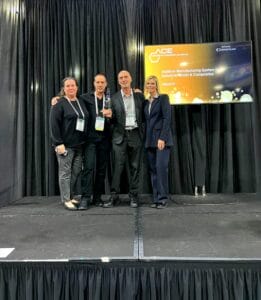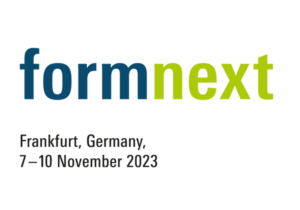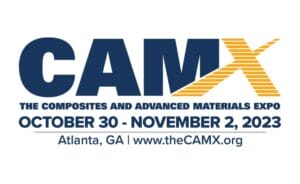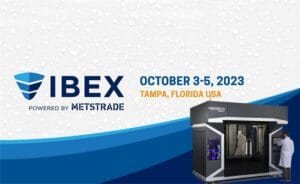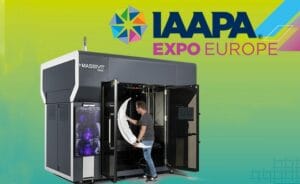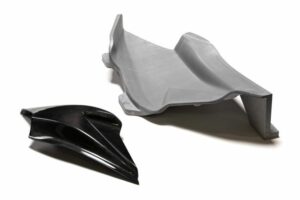In the fast-paced, technology-driven world of the 21st century, speed is of the utmost importance, and oftentimes directly responsible for the success of a given business. An array of industries are now producing innovation at a revolutionary pace, to such a degree that it would boggle the minds of scientists, inventors, and businesspeople only a few decades ago. As multinational conglomerates and garage-based startups scramble to be the first to market and secure their position, ever-increasing resources are being allocated to the technologies that promise the fastest and highest quality results.
Blistering Speed Smashes Old Timelines

Large scale 3D printers, such as those developed and produced by Massivit 3D, have dramatically changed the ways in which designers, engineers, and manufacturers conceptualize products and the timelines which are required to prototype, test, tool, manufacture, and bring these products to market.
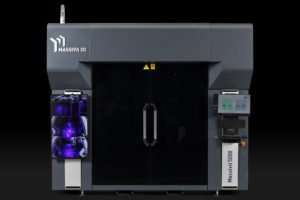
With Massivit’s printers performing at speeds up to 30 times faster than their competitors, the correlation between saving time and money is clear; after all, labor is consistently one of the costliest variables across numerous industries. Therefore, large OEMs such as automakers are increasingly turning to the use of 3D printing in both the developmental and manufacturing stages of their products, saving massive quantities of time compared with traditional methods of hand-crafting wood, clay, or foam models that are nearly impossible to replicate with 100% accuracy.
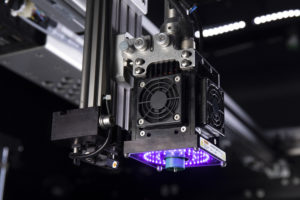
Printing head on Massivit 5000
Massivit’s 3D large scale printers boast a printing speed of 300mm/sec linear speed and 35cm/13.7” on the Z axis per hour (for a 1-meter diameter cylinder), meaning that certain large volume rapid prototyping and tooling tasks can now be accomplished in a matter of hours, instead of days or weeks. Beyond the hardware, the Massivit SMART Pro slicer software gives users an additional speed advantage. The user-friendly software relies on sophisticated algorithms for easy file preparation, automated symmetry functionality, automated ribbing, and automated custom pole supports. It also provides a convenient material Estimator Tool and additional features and modes such as Mold Mode, Variable Resolution, and Mega-Quality. The resulting time savings allow designers and engineers to focus their efforts on creating new concepts and devising rapid solutions to unforeseen setbacks, rather than spending the bulk of their time tediously crafting traditional models and prototypes by hand.
Real-World Production Advantages
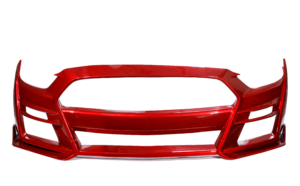
Applying the speed advantages of Massivit’s large scale printing system opens up a range of real-world, practical solutions. Consider a railcar that sustains significant damage during the course of normal operation, such that a certain part – like a cabin front-end panel or spoiler – must be replaced before the train can get back on the tracks. This is both problematic from an inventory perspective, as it is costly to maintain stock of the vast number of parts involved, as well as from that of down time. The part would usually have to be ordered or requisitioned, often from parts warehouses thousands of miles away, and possibly modified for that specific train.
With large scale 3D printing, especially with the speed and flexibility offered by Massivit’s various printers, railway technicians can simply input the required digital specifications, print a brand-new part on-site and on-demand in a matter of hours, and have the train back up and running in no time. The same principle applies to a broad range of industries and applications, such as interior cabin fixtures, unique tools required for the automotive and aerospace sectors, and customized parts for yachts. Such applications are particularly well-suited for 3D printed components, which offer a variety of different properties thanks to the different strong, lightweight, and resilient printing materials available.
Instead of waiting for OEM or replacement parts to be shipped halfway around the world – with the inherent logistical challenges – local providers can produce completely new and remarkably accurate parts in a fraction of the time. Companies can 3D print unique, one-off molds or tools to be used in manufacturing processes, and automakers can boost aftermarket sales by offering a limitless pool of design ideas for customization – spoilers, body kits, etc. – all created in a fraction of the time typically spent to manufacture them.
Massivit is blazing the trail for a future that will be increasingly focused on needs-based production of custom parts on-site, and far less on old musty warehouses full of obsolete parts that will never be used. Time waits for no person, and as the 21st century barrels forward at full-steam ahead, Massivit is leading the way as a true pioneer in one of the fastest-moving and most innovative industries the world has seen yet.


